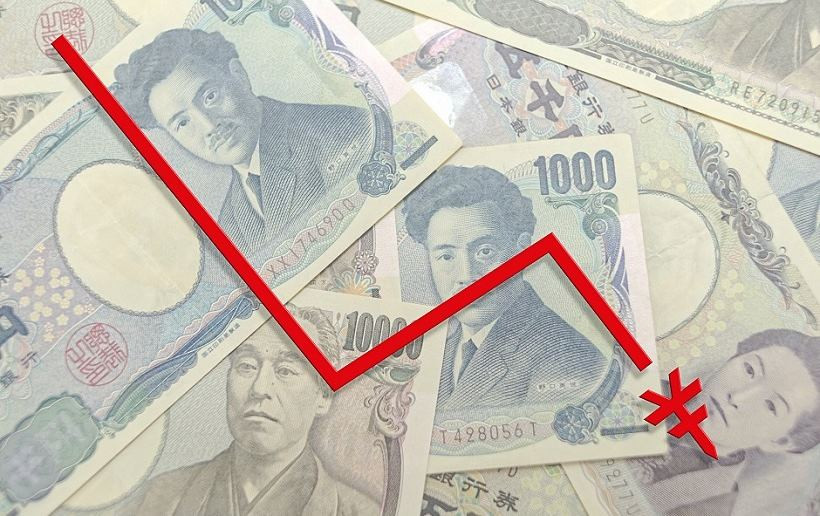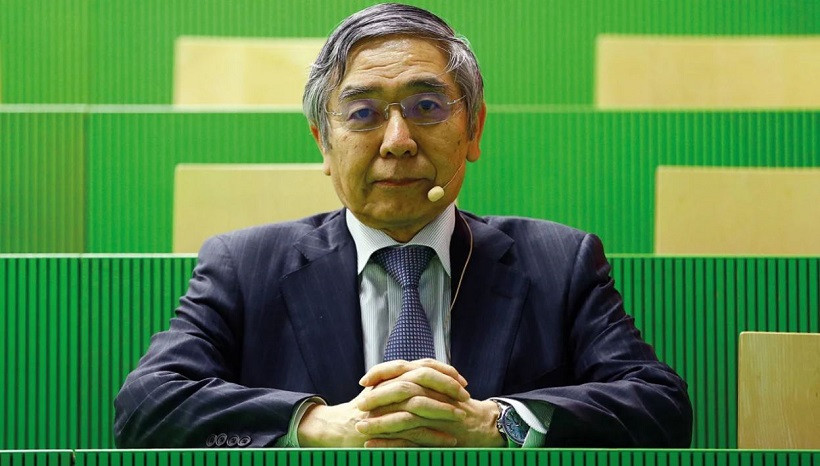The dollar-yen pair continues its upward path, updating more and more new price highs. Yesterday, traders reached the mark of 134.44—the last time the price was in this area was in the spring of 2002, that is, more than 20 years ago. Such price records are impressive, especially since USD/JPY buyers, apparently, are not going to stop.
In May, the pair retreated from the previously reached highs and for several weeks traded within a wide-range flat, not leaving the boundaries of 126.50–130.00. However, in June, the upward trend resumed: the price jumped by more than 300 points, demonstrating almost no retracement of growth. The upward dynamics is spurred primarily by the strengthening of the US currency. However, the yen also contributes by weakening its position against the background of the position of the Bank of Japan, whose representatives continue to maintain a "dovish" attitude.

It is noteworthy that the head of the Japanese regulator Haruhiko Kuroda this week was still worried about the devaluation of the national currency. According to him, "the rapid weakening of the yen in such a short period of time is undesirable." However, his comments were not heard by the market, especially since he recently voiced a completely different position: he repeatedly stated that "a weak yen is not a negative factor for the Japanese economy." Some of his colleagues (for example, BOJ board member Asahi Noguchi) even welcomed the depreciation of the national currency. In particular, Noguchi assured reporters that the benefits of a weak yen for the Japanese economy "outweigh the disadvantages."
When the USD/JPY rate confidently consolidated above the target of 132.00, the head of the Bank of Japan nevertheless changed his point of view on this issue, complaining about the too rapid weakening of the national currency. But the market ignored this speech, as the Japanese regulator de facto does not intend to change monetary policy in the direction of tightening. Just today, Kuroda said that the central bank should continue to support economic activity, "maintaining the current easing of monetary policy."
It should be recalled here that according to the latest data, inflation in Japan exceeded the 2% target level for the first time in the last 13 years. The consumer price index excluding fresh food (this is a key inflation indicator that is closely monitored by the Bank of Japan) grew by 2.1% in annual terms in April, also exceeding the 2% target of the central bank for the first time since 2015.
However, Kuroda leveled this fundamental factor yesterday, saying that "the current inflationary growth is due only to higher energy prices, so it will not be sustainable."
In other words, the Bank of Japan does not intend to respond to a significant increase in the main inflation indicators. Moreover, Koruda assured that the regulator could continue easing monetary policy "to support the economic recovery and reduce the labor force in the labor market." After these comments, the yen weakened throughout the market, allowing buyers of USD/JPY to update the next price highs.

Meanwhile, the yield of 10-year Treasuries again exceeded the 3% mark, "dragging" the US currency. The dollar is getting more expensive, including against the background of the growth of the oil market: the price of Brent oil has already risen above $123 per barrel. Oil is getting more expensive on traders' expectations that the demand for energy resources on the world market will exceed the supply. The easing of quarantine restrictions in China, as well as the start of the so-called "car season" in the United States and Europe will continue to spur oil prices. For example, analysts at Goldman Sachs bank predict a rise in the price of Brent crude oil in the third quarter to $140 per barrel. Morgan Stanley experts, in turn, set the price bar higher at the level of $150.
Such prospects suggest that US inflation will resume its growth again, while in May the first signs of a slowdown in the upward trend were recorded. In this regard, the Fed may also adjust its policy in the direction of tightening—for example, the issue of a 75-point rate increase will return to the agenda at one of the next meetings.
The strengthening of the hawkish mood regarding the Fed's further actions supports the greenback. In turn, the divergence of the positions of the Fed and the Bank of Japan pushes the pair up to new price heights.
Now it is difficult to say at what price level USD/JPY buyers will stop their offensive. There is no consensus on this on the market, in particular, Scotiabank's currency strategists say that the upward target is located at around 140.00. Credit Suisse analysts have indicated resistance at 135.20 (this is the maximum value of 2002). At the same time, they are confident that the ultimate target of USD/JPY bulls in the long term is the range of 147–150.
In my opinion, the immediate target for buyers of the pair in the medium term is 134.60, which is the upper line of the Bollinger Bands indicator on the weekly chart. In general, both the "foundation" and the "technique" speak in favor of the further development of the upward trend. On all "higher" timeframes (from H4 and above), the pair is either on the top or between the middle and top lines of the Bollinger Bands indicator. In addition, on the daily and weekly charts, the Ichimoku indicator has formed one of its strongest bullish signals. Therefore, it is advisable to use any corrective pullbacks to open long positions.






















